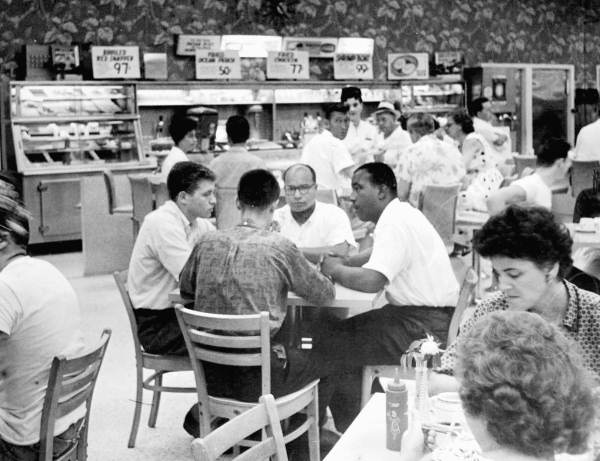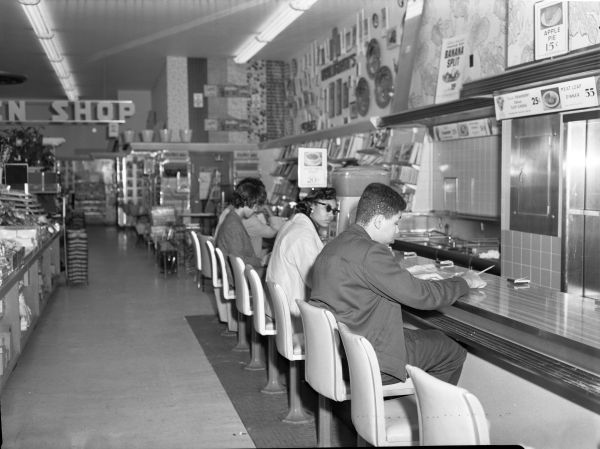Although Miami’s long and tumultuous history of racial inequality has modernized, there’s still room for improvement.
“It’s important to understand that even today, Miami is one of the most segregated places in the United States,” said Malcolm Lauredo, director of historic research and lead historian at the Coral Gables Museum.
The city’s battle with racial injustice dates to even before it was established in 1896. To this day, neighborhoods and suburbs are intertwined with racially-tied social and economic disparities related to the Jim Crow era.
“Up until the ’70s, Miami was a small southern town … it was very much a segregationist southern town,” said Lauredo.
He explained that although Miami is not segregated by tangible barriers or laws, there is a heritage of disenfranchisement.
According to a report by the United States Commission on Civil Rights in 1980, black Miamians were affected by the implementation of policies they had no control over, including urban renewal that displaced black populations and left them unable to find comparable housing.
Overtown was once known as “Colored Town,” and the northwestern corners of the city were initially used to segregate African Americans from wealthier white neighborhoods.
“Segregation wasn’t something that stopped when you died … African Americans weren’t allowed to be buried in the same cemeteries,” said Lauredo.
See also: Lincoln Memorial Park: A history of segregation and disadvantage
Despite the racial tension, Miami’s history of protest against racial injustice is long and storied. One of the most important movements was to integrate lunch counters, which were segregated for decades across the South, including in Miami. In fact, Magic City lunch counter sit-ins preceded the most famous one in Greensboro, North Carolina, in 1960.

The Woolworth sit-in on Flagler Street in downtown Miami was the first of many that occurred in 1959. The participants were two black and two Jewish workers for the Congress of Racial Equality (CORE).
CORE was started in 1942 by an interracial group of students from Chicago. The goal was nonviolent direct action similar to Mahatma Gandhi’s civil disobedience campaign in India, which took place throughout the early 1900s. CORE also gave Martin Luther King Jr. advice on the Montgomery bus boycotts in 1955 and 1956. These were among the first and most effective mass movements against segregation of that era.
The four Miami protesters — Shirley and Milton Zoloth, Alice Barr and Ishmael Howard — refused to move after they were denied service at the Woolworth lunch counter on Flagler Street. The waitresses would not take their orders, and the assistant manager informed them that they “did not serve colored here.” When they were told the manager was not available after requesting to speak with him, they gave the assistant manager a copy of CORE’s leaflet and promised to return.
The Miami sit-in was also significant because of the camaraderie between the African American and Jewish communities. Both were minority groups oppressed for racial and religious reasons.
The head of the Miami chapter of CORE was Dr. John O. Brown, who was inspired to fight racism after observing the second-class treatment of black soldiers during World War II.
According to an interview he had with journalist Madison Davis Lacy in 1989, the most interesting part about the desegregationist sit-ins in Miami was the fact that over half of those involved were white.
In contemporary times, the inherently racist history of Miami is embodied in continuing segregation, enforced poverty, unequal education and enforcement of laws, and gentrification in predominantly black communities. Most recently, Wynwood has become a beacon of both art and culture, at the cost of severe gentrification.
Lauredo believes that in Miami, racial separation inhibits awareness and connection between communities.
“There’s still a lot to be done and a lot of conversations to be had.”

































